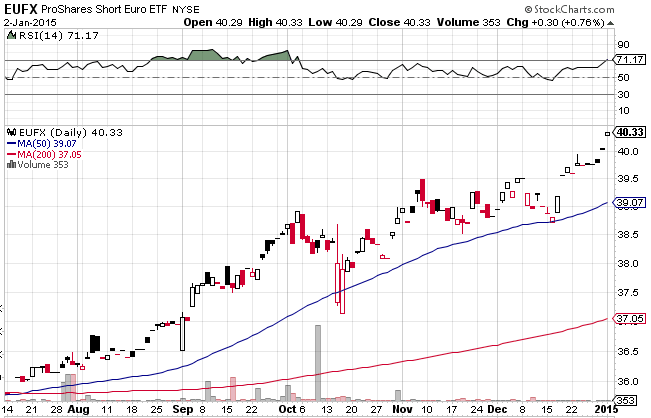The Best Europe ETF for 2015
Post on: 5 Август, 2015 No Comment

Recent Posts:
The Best Europe ETF for 2015
Retail investors are notorious performance chasers, and that has certainly proven to be the case recently when it comes to Europe ETFs.
While WisdomTree Europe Hedged Equity Fund (NYSEARCA:HEDJ ) is the hot ETF of the moment, investors should take a closer look at the contrarian opportunity available in the Vanguard FTSE Europe ETF (NYSEARCA:VGK ).
Strong Performance = Massive Inflows to HEDJ
Since the beginning of June, the crash in the euro has led to a huge disparity between hedged Europe stock ETFs and their unhedged counterparts. While VGK has lost 11.1% in that time, HEDJ has gained 7.5%. As a result, any investor who bet right on the market but was wrong on the currency aspect has cost themselves a tremendous amount of performance in a very short time.
This return gap hasn’t been lost on investors. According to etf.com, HEDJ has hauled in $976 million so far in 2015, placing it fifth among all ETFs in that interval. VGK, for its part, has lost nearly $100 million. Looking further back, HEDJ has taken in $4.9 billion since June 30, versus outflows of $4.2 billion for VGK.
This $9.1 billion gap in less than seven months is the very definition of a crowded trade particularly when you’ll be hard-pressed to find an analyst calling for anything other continued dollar strength in 2015.
Source: bigcharts.com
HEDJ vs. VGK, 1-Year
The Contrarian Play
Source: bigcharts.com
FXE, 1-Year
What Would it Take to Reverse the Euro’s Slide?
The excessive “popularity” of an investment theme isn’t the sole reason to take the other side of the trade, but some important factors point to a stabilization of the euro and stronger relative performance for VGK and other unhedged ETFs.
To see why, it pays to look at the key drivers of the euro’s recent collapse: the stronger growth of the U.S. economy, the expectation that the U.S. Federal Reserve will employ tighter policy than the European Central Bank, and the relative attractiveness of U.S. Treasury yields vs. European government bonds.
All of these pillars remain in place for the time being, and one the gap in bond yields is unlikely to change any time soon given the distance between the 10-year U.S. Treasury (1.82% at Friday’s close) vs. the 10-year German bund (0.36%).
However, the other two drivers the growth divergence and the gap in central bank policy are now well-known issues. These trends are widely expected to continue, meaning that the element of surprise clearly works in favor of the euro, and by extension, unhedged Europe ETFs.














